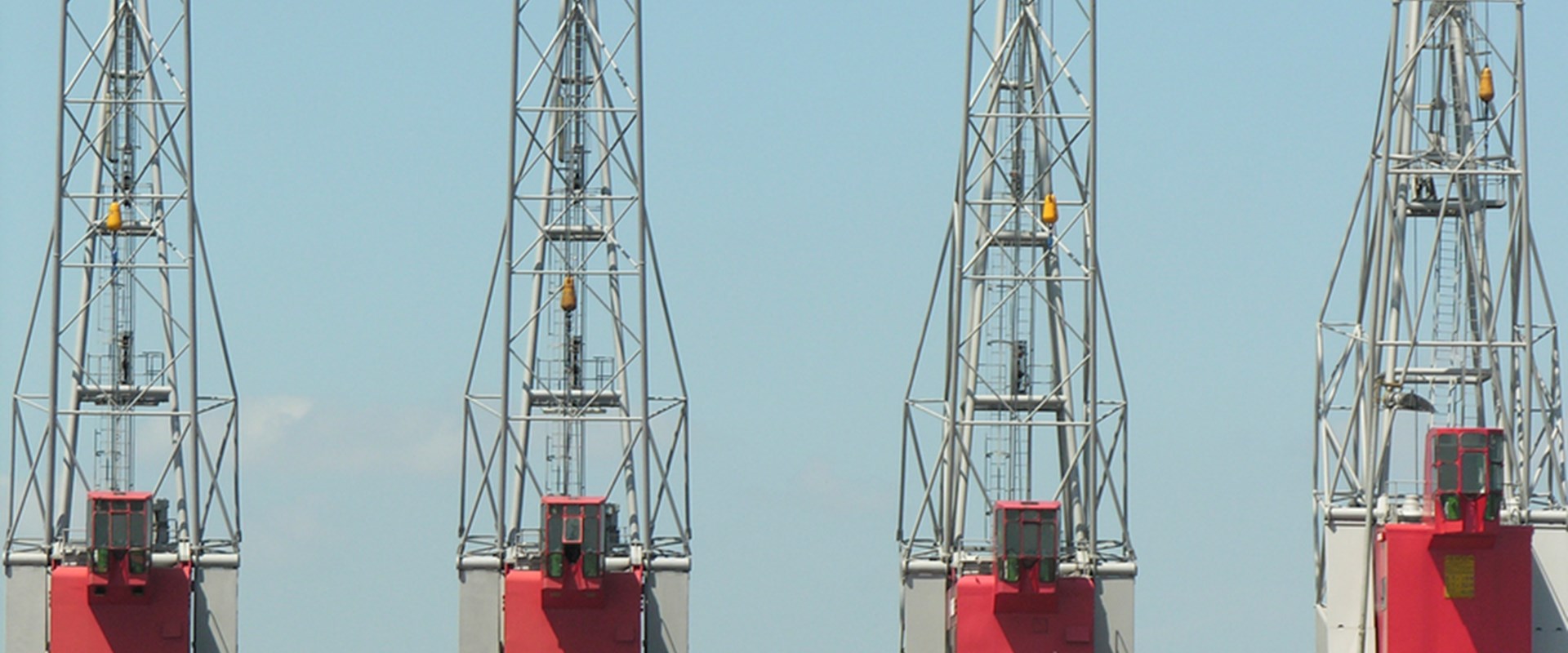
7 November 2023
Areas of risk identified
This year, Maersk faced two significant events involving crane cabin conditions which were missed during regular crane inspections. These cases highlight the need for better attention and careful evaluation of the crane cabins.
In one instance, a vessel's crane inspection indicated no structural concerns. However, subsequent reports and photographs from stevedores revealed cabin issues that had gone unnoticed during the survey. Reportedly, the damage didn't compromise the crane's operations, however it highlighted an essential omission during the evaluation process.
The crane operator's cabin shows areas of wastage and holes
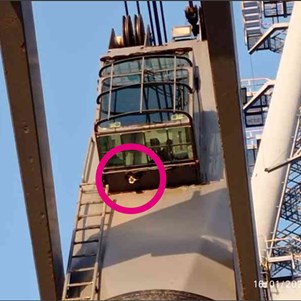
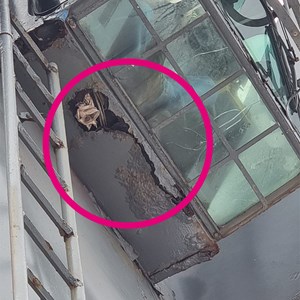
Near Accident Wake-Up
Another situation came very close to a serious accident. Despite the inspection did not find any issues, pictures taken afterward by the stevedores clearly showed the cabin’s side window frame and nearby floor was excessively corroded and holed.
These cases remind us to not underestimate checking the condition of crane cabins. Maersk now asks for extra scrutiny on ships older than 15 years.
The crane operator's window frames exhibit signs of wastage
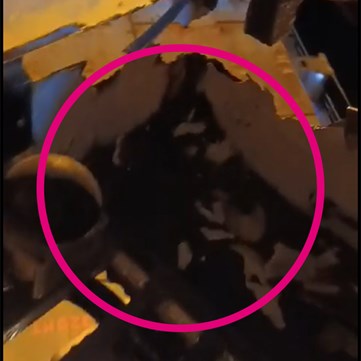

Seaspan inspection program
For Seaspan inspections we would like to highlight questions 2.13 and 3.9 which in some cases have been overlooked. We would like to emphasize that we need clear photo evidence regarding these items.
|
Question |
Description |
|
|
Are cable bulkhead penetrations and cable supports in apparent good order? |
|
|
The inspector should randomly verify if cable bulkhead penetrations and cable supports are not displaying excessive corrosion or if sealing material of the cable penetrations is missing. |
|
3.9 |
Is the control panel for the watertight doors operational and are watertight doors in apparent good condition? |
|
|
This question requires randomly verify the condition of watertight doors and the remote opening/closing mechanism. Water tightness depends on the condition of the sealing rubbers, the compression bar (knife edge), dog spindles, and wedges. |
Risk and Quality Manager / Senior Marine Engineer
Miguel has a Master of Science in Shipping Management.
After 5 years of seagoing experience as marine engineer on different type of vessels including general cargo vessel, bulk carrier and tanker, Miguel continued his career ashore with Port Operations and then as Fleet Supervisor.
He switched to the role of Risk Manager in 2018 when he joined BMT, dealing mostly with condition assessments of seagoing vessels.
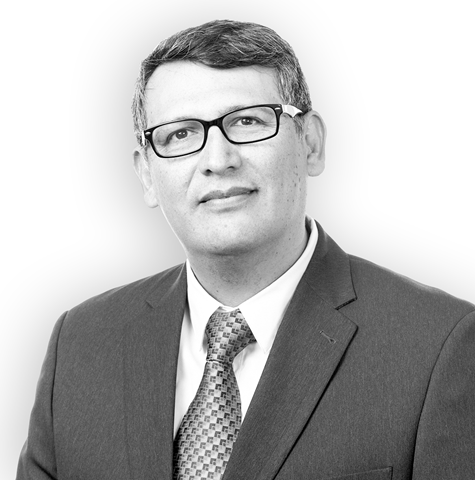
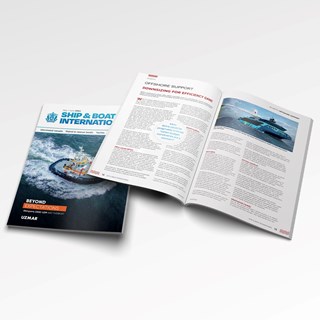
Noel Tomlinson - Maritime Design
Noel Tomlinson shares with SBI valuable insights on how BMT's innovative solution can help vessel operators overcome challenges and ensure a sustainable future for offshore wind operations.
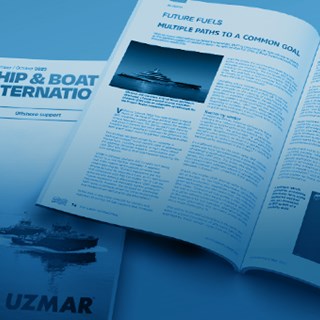
James Calver
Our Naval Architects speak to RINA Ship and Boat International about how we can assist our clients early on with Future Fuels for their next vessel design.
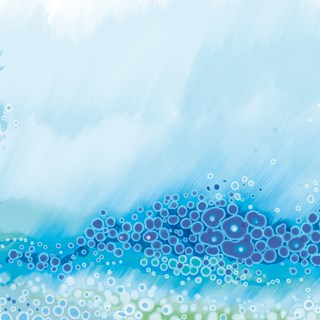
Greg Fisk
Major Projects Lead and Senior Principal Consultant, Greg Fisk, discusses the growing need for sector-specific guidance for marinas and boat yards, in-light of increasing regulation to decarbonise industries.
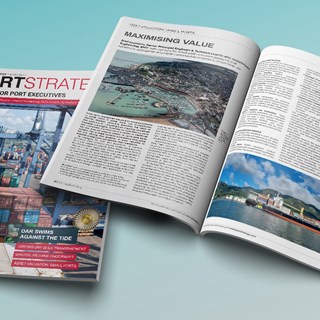
Brad Saunders
Brad Saunders, our Senior Principal Engineer & Technical Lead for APAC, Coastal & Maritime Engineering, sets out how for small ports a modern approach to asset valuation is appropriate and holds considerable potential to uncover hidden value.